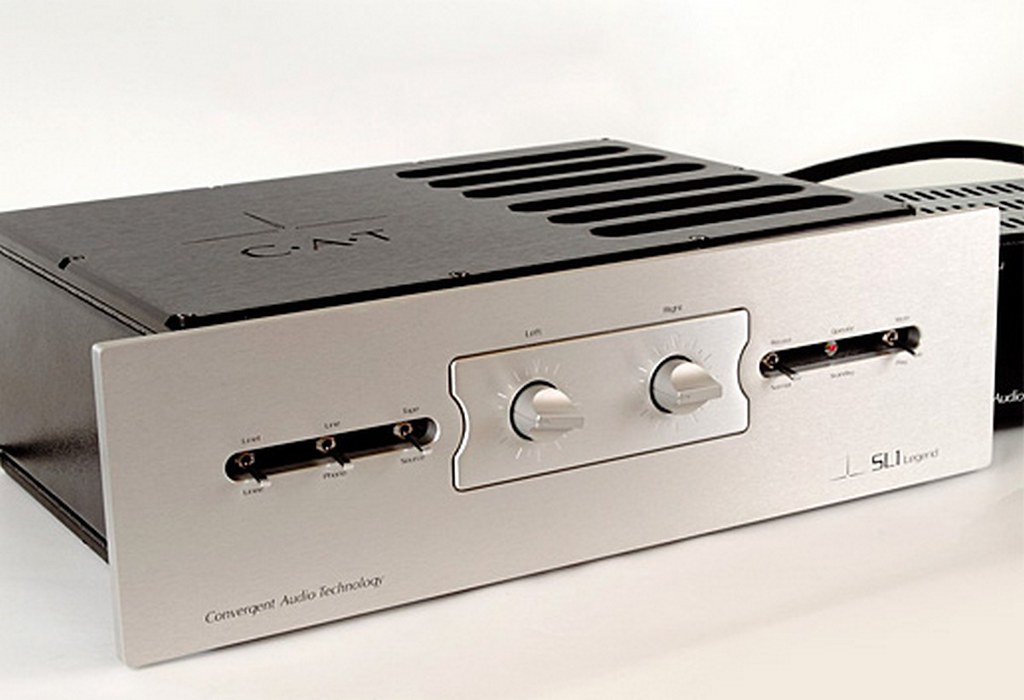Keith
you mean:-
SOULUTION 501 MONOBLOCK AMPLIFIER: FIRST LISTEN
Powerhouse!
Blog
by Jonathan Valin | Dec 10th, 2012
Categories: Solid-state power amplifiers
One of the secrets to both the 500 Series’ and the 700 Series’ sonic success is standard-settingly lower distortion, achieved by slightly unusual means. Where every other tube and solid-state amp designer I can think of flees from a large amount of negative feedback like the plague, Soulution has rushed to embrace it. It is Soulution’s contention that negative feedback in itself has gotten a bad rap; it isn’t feedback but the time it takes to send the “corrected” signal from the output to the input (technically, propagation delay) that causes the problems. Unless that propagation delay is zero or close to zero, applying feedback will add time-domain errors to the musical signal, since as time goes by (and music doesn’t sit still for a portrait shot) the feedback loop will be “comparing apples at the output to oranges at the input” (in the words of Cyrill Hammer, Soulution’s CEO).
In the 700 Series, Soulution’s, uh, solution to the propagation delay problem was to increase the amp’s bandwidth to the megahertz region and, thereby, increase the speed with which the feedback loop does its thing by a factor of 1000. Most amplifiers and preamplifiers work with a propagation delay of 1–5 microseconds; Soulution’s amplifiers and preamplifiers work with an overall propagation delay of 5–10 nanoseconds, reduced to 1–2 nanoseconds in the voltage amplification stage—where most of the negative feedback is applied. To quote Hammer again: “Since the timing errors of the Soulution amplifiers are negligible, we have the opportunity to apply as much negative feedback as we need wherever it is required in the amplifier without reducing sonic performance. This is how we can lower distortion to never-before-seen levels.”
Lower distortion certainly helps explain the Soulution 501/520’s terrific top-to-bottom clarity and resolution. But the phenomenal distortion numbers alone (THD is less than 0.001% and SNR greater than 120dB) can’t explain why Soulution’s new 500 Series electronics sound so world-beatingly “real” (and exciting) in the bottom octaves. You might think that its power delivery was a matter of sheer watts, but, while more than capable of driving the C 4.1s to louder-than-life levels, the 501s are only rated at 125W into 8 ohms, 250W into 4 ohms, and 500W into 2 ohms. Voltage, amperage, and peak power, however, are different stories.
Yes I think i am aware....lol
the 500 Series circuits differ from those of the 700 Series electronics?
Yes, the Series 5 amplifiers do follow the design principles that are similar to those of their bigger counterparts. The voltage amplifier does work with
lowest propagation delays (the best conditions
for applying negative feedback wherever needed)wever, the design of the Series 5 voltage amplifier is less complex. The current stage of
the Series 5 amplifier has just five transistors per side (NPN/PNP) whereas the Series 7 amplifier has seven transistors per side. Therefore the current rating of the 501 mono amplifier and 530 integrated amplifier is limited to 45 ampere (where the 700/710 are capable of 60 ampere).
Like the Series 7 amplifiers the 501 and 530
do have a global negative feedback loop. As the Series 5 amplifiers are
very precise in the first place, the
amount of feedback required in this loop is very low or close to nonexistent. We apply less than
0.1 dB
of negative feedback. The stability of the fully con- trolled switched-mode power supply unit of the Se- ries 5 amplifiers helps to further reduce this value. Very good tube amplifier designs, with low feedback, usually have more than 10dB in the global feedback loop (100 times more!).
I think if you reread the article its all there
as to the amps Chord's is i believe proprietary not off the shelf so I am guessing Soulution couldn't or didn't want to buy the technology....
And once again i didn't say sounded like SET




